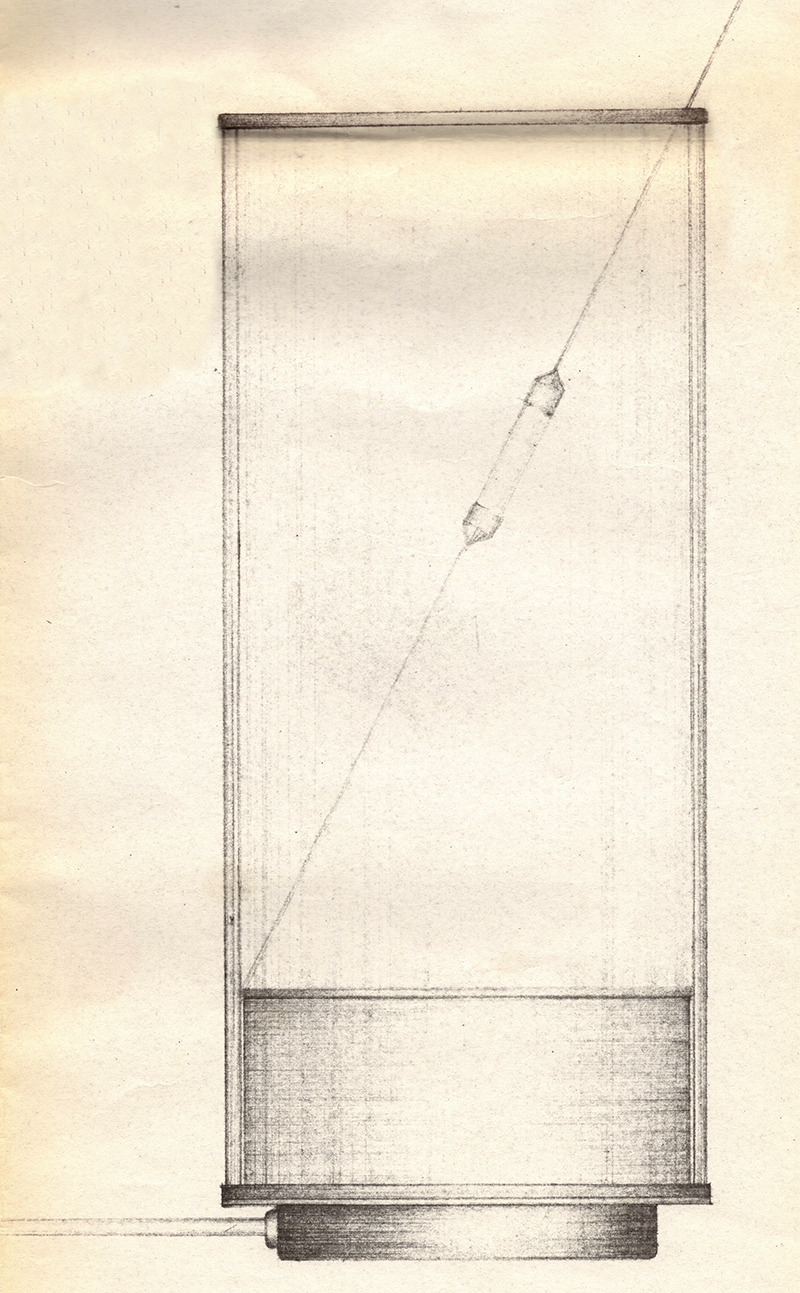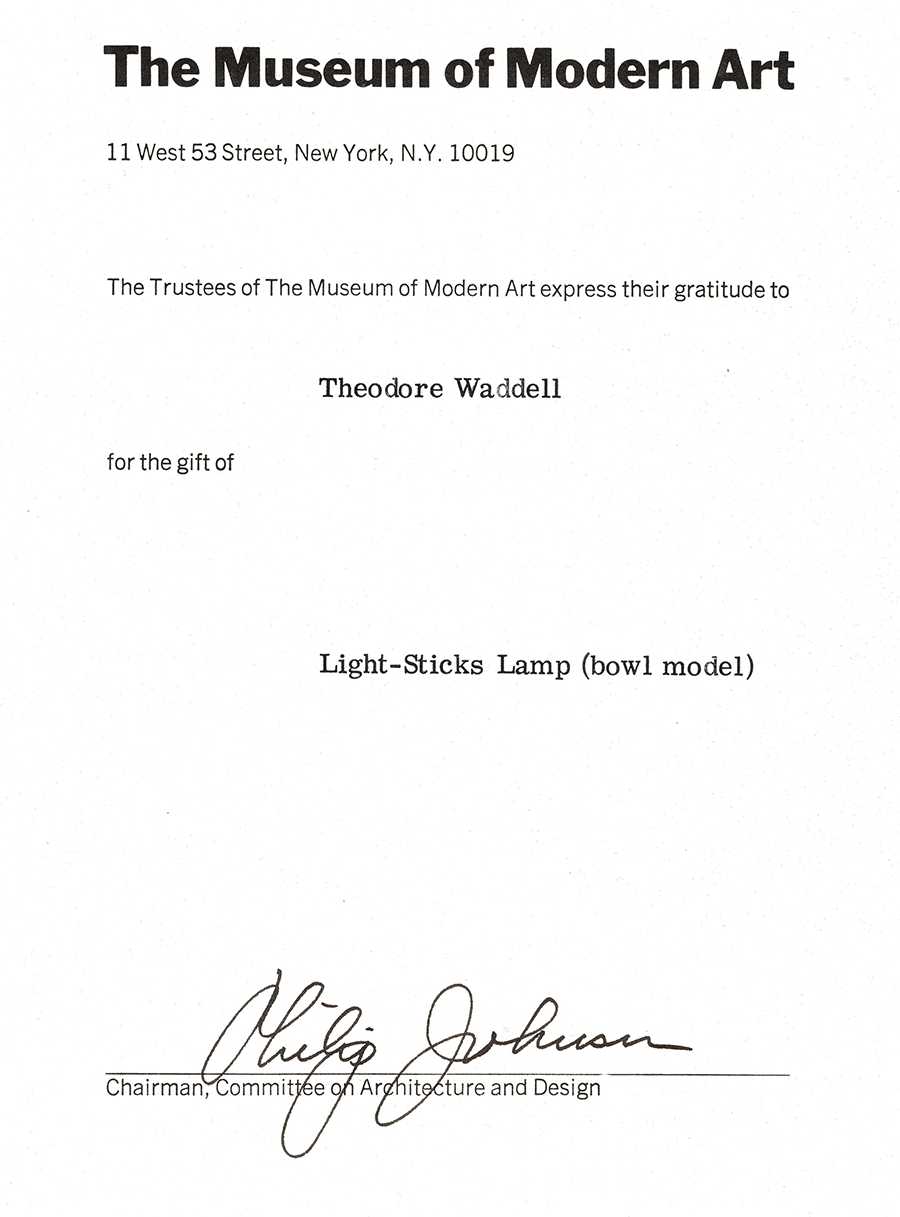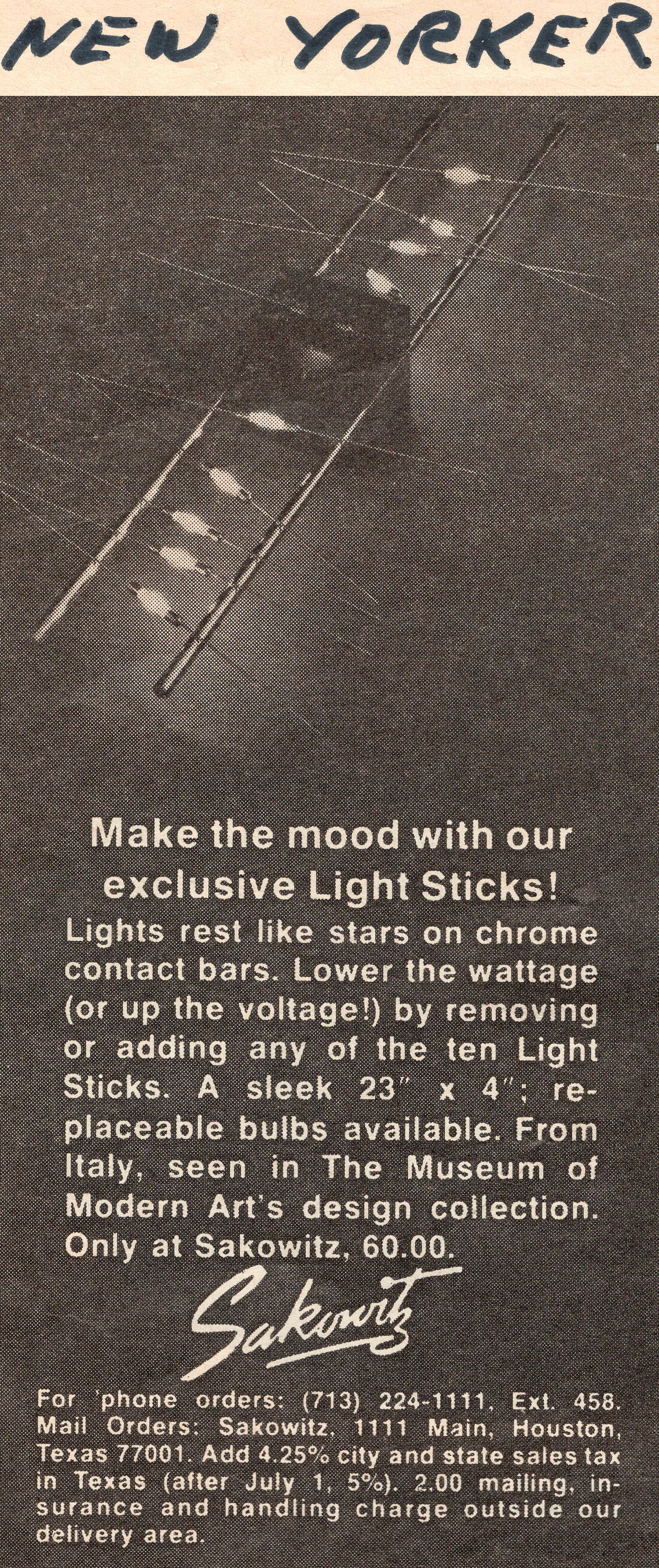The History
About > The History
About > The History

Theodore started working on a lighting design in the latter part of the 1960s that would allow a hand full of lights to be moved between different bases to create various levels of light . . . The light sticks were created.
Through multiple sketches, Theodore came up with three bases; the cylinder (C4), bowl (B8) and bar (D7). Each of the bases can use the same light stick(s) to create different variations on light. Each base allows a few or many light sticks to give the perfect amount of light for the perfect atmosphere.
Each base would be plugged into the wall allowing the light stick to draw the power from the base. Adding light sticks to the base allows for more light.
In 1970 the original design patent was acquired and the first lights were manufactured and marketed in the U.S. by Knoll International.
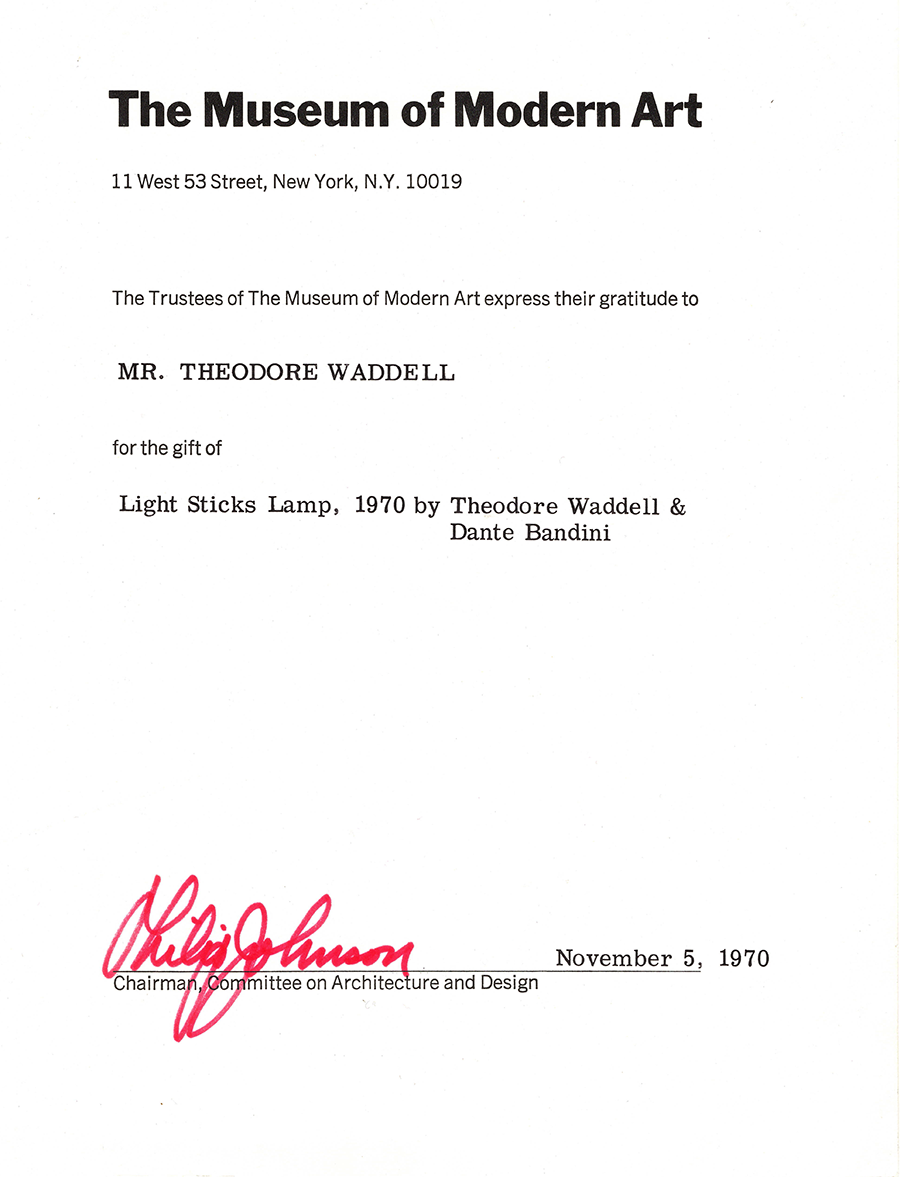
Shortly after the retail launch of the lights, the Museum of Modern Art invited Theodore to submit the Light Stick and base designs to be part of the permanent collection. The designs are still on display today.
The light sticks and their bases were also displayed in Theodore’s exhibit at the Louvre in 1972.
The cylinder light was published in the Playboy Magazine Christmas catalog in 1972.
The manufacturing was shelved in 1972.
In 2018, Participation Designs was created to redevelop the original light with modern technology and functionality.
Participation Designs joined with University of Texas, Dallas through a Capstone Engineering student program to update the designs with new technology. The design process took 12 months with student team.
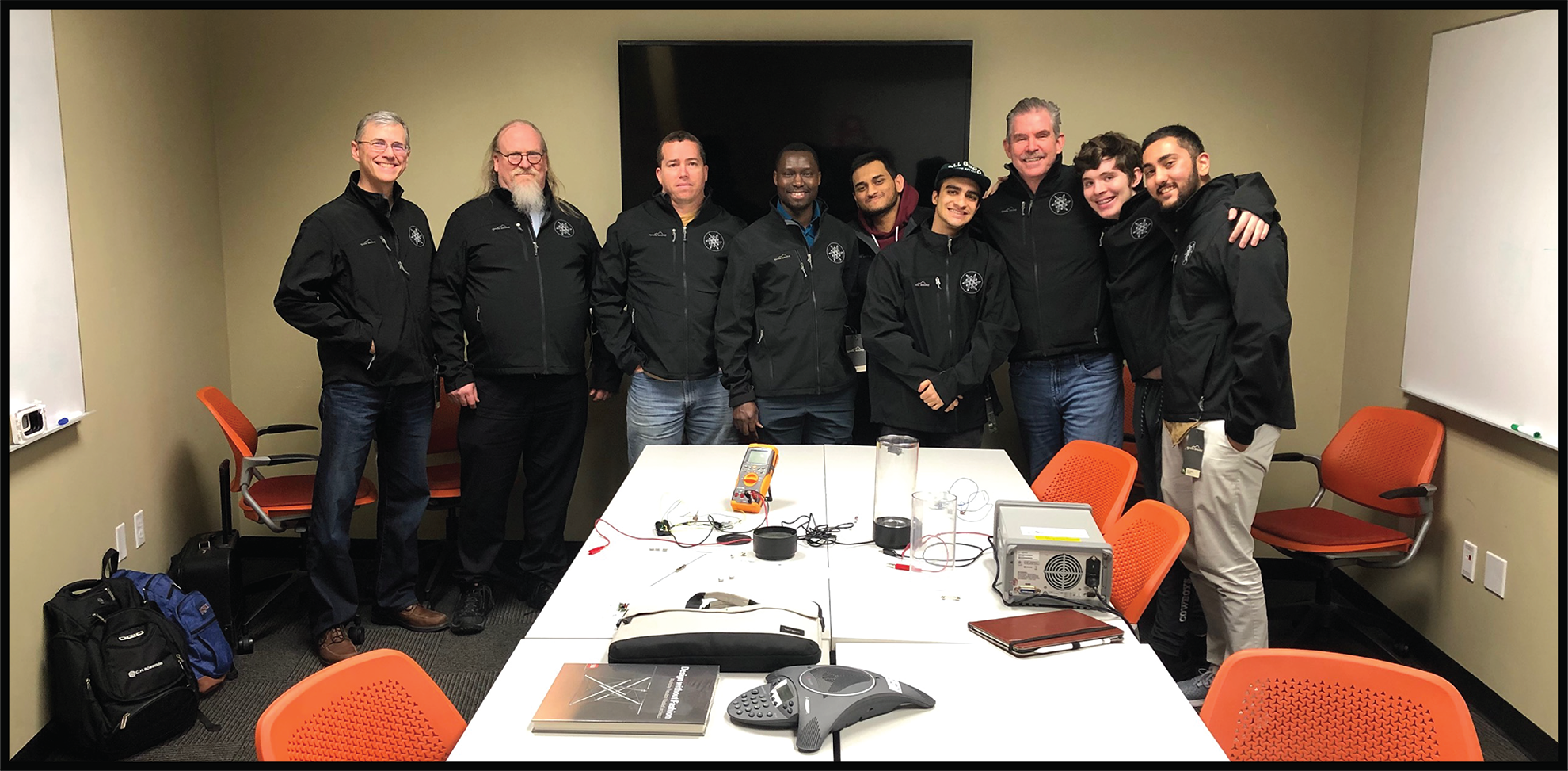
The new light stick and base designs include the Participation Designs mobile app to manage the lights as a single or group, single or multiple light sticks and single or stack charging of the bases.
Each base has a battery and will last on an average of 1 week with the maximum number of light sticks between charges. The original light stick was a white light. Each base has a maximum number of light sticks, but can be used with as few or as many light sticks up to the maximum number per base.
Paragon Innovations was engaged to manufacture the lights in February 2020 and the first prototypes were delivered in December 2020.
The new designs have received patents and copyright protections in addition to the original patents.
